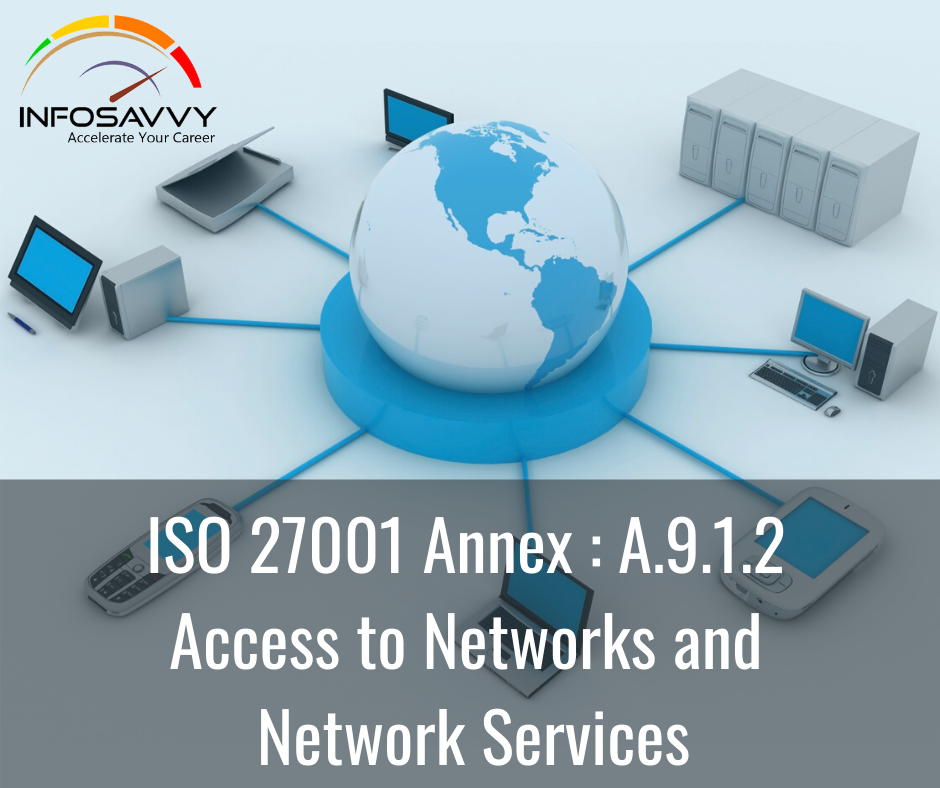CISSP Apply Security Principles to Site and Facility Design – Bk1D3T10
The general security principles outlined earlier for information security also have application to site and facility design. The CIA triad applies here and guides our application of security principles to this challenge: Confidentiality and Integrity: The primary physical threat to confidentiality and integrity is unauthorized access (e.g. intruders and theft). Availability: In addition to the threat to availability from unauthorized access, availability can also be compromised intentionally or accidentally by a range of events: Environmental …
CISSP Apply Security Principles to Site and Facility Design – Bk1D3T10 Read More »








